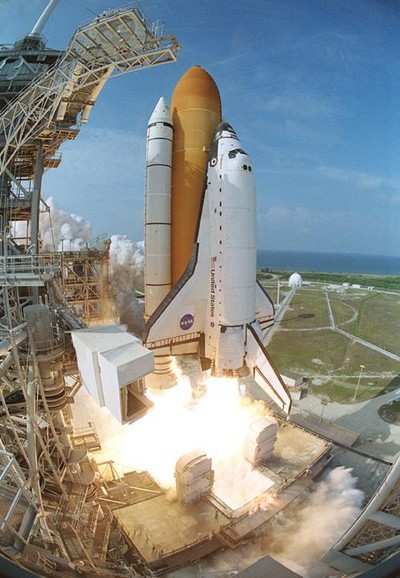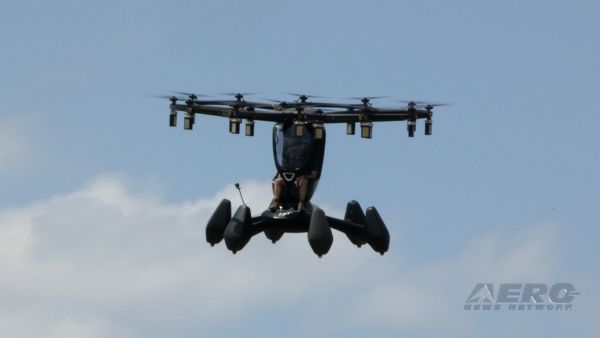Research Ranges From Advanced Polymers To Colloidal
Emulsions
When space shuttle Endeavour is launched on April 29, it will
carry six experiments developed over the last ten years at NASA's
Glenn Research Center to the International Space Station.

Materials International Space Station Experiment 8 (MISSE-8),
developed by the U.S. Naval Research Laboratory (NRL), will carry
Glenn's Polymers Experiment, consisting of 40 different polymer
samples. This experiment is the sixth in a series of experiments
that test the erosion of different types of polymers in the harsh
environment of space.
MISSE-8 will include electronics developed in Glenn's Mobile And
Remote Sensing (MARS) Lab to support the Forward Technology Solar
Cell Experiment (FTSCE) III, a partnership with the NRL. The
FTSCEIII will connect to the Communications Interface Board (CIB)
on the space station and will be used by researchers on the ground
to control and communicate with all the active experiments in the
MISSE series. The CIB was also designed by the MARS Lab and was
installed with MISSE-7 on a previous shuttle mission. With this
shuttle mission, 35 circuit boards designed by the MARS Lab have
been flown in support of dozens of research instruments testing
more than one hundred active components in orbit as part of
MISSE.
Also on MISSE-8 will be the Ferroelectric Reflectarray Critical
Components Experiment (F-Recce). This experiment will provide data
on the long-duration performance of critical components associated
with Glenn's novel Reflectarray Antenna--an antenna that can
redirect its main beam without physically repositioning itself.
These data will be used in the design of a fully functional
reflectarray space experiment to be done at a later time.
Applications of the Reflectarray Antenna System include
inter-satellite communications links, space based radar,
precipitation radar and automotive collision avoidance radar among
others.
Investigating the Structure of Paramagnetic Aggregates from
Colloidal Emulsions (InSPACE-3) will build on previous InSPACE
experiments by obtaining data on fluids that change their physical
properties in response to magnetic fields. This technology has
promise for improving the ability to design structures, such as
bridges and buildings, to better withstand earthquake forces.

Shear History Extensional Rheology Experiment (SHERE II) -- will
continue to investigate the effect of preshearing, or rotation, on
the stress and strain response of a suspension, consisting of a
polymer fluid filled with microspheres (small glass spheres), as it
is being stretched in microgravity.
The fundamental understanding and measurement of these
suspensions is important for containerless processing, an important
operation for fabrication of parts (such as adhesives or fillers)
using elastomeric materials on future exploration missions. This
knowledge can be applied to controlling and improving Earth-based
manufacturing processes as well.
Light Microscopy Module-Biological Technical Demonstration
(LMM-BIO-2) is a continuation of the in orbit characterization of a
remote control space microscope. The data from live samples and
cell cultures will further demonstrate the biological experiment
capabilities of the Light Microscopy Module (LMM) facility on the
space station.
 ANN's Daily Aero-Term (04.20.24): Light Gun
ANN's Daily Aero-Term (04.20.24): Light Gun Aero-News: Quote of the Day (04.20.24)
Aero-News: Quote of the Day (04.20.24) ANN's Daily Aero-Linx (04.21.24)
ANN's Daily Aero-Linx (04.21.24) Aero-News: Quote of the Day (04.21.24)
Aero-News: Quote of the Day (04.21.24) ANN's Daily Aero-Term (04.21.24): Aircraft Conflict
ANN's Daily Aero-Term (04.21.24): Aircraft Conflict




